Exploring the Versatility of Circular Columns
Circular columns have long been a staple in architectural design, offering both structural support and aesthetic appeal. These pillars, characterized by their round cross-sections, are integral to various construction projects, from residential to commercial spaces. The use of circular timber columns and circular column concrete showcases the diversity in materials and applications of these structural elements.
Types and Materials
The selection of materials for circular columns plays a crucial role in their functionality and visual impact. Steel circular columns are widely appreciated for their strength and durability, making them a common choice for supporting heavy loads. On the other hand, circular concrete columns offer a blend of robustness and ease of molding into various sizes and styles. For those seeking a more natural or rustic aesthetic, circular timber columns provide warmth and a unique texture that can complement any design.
Design Integration and Applications
Circular column encasement is a technique used to enhance the visual appeal of existing structures, allowing for creative expression and integration into the overall design theme. The adaptability of circular columns means they can be incorporated into a multitude of environments, from the grandeur of hotel lobbies to the intimacy of private homes. The application of revit circular column designs in architectural software illustrates the seamless integration of these columns into modern building plans, providing a preview of their impact within a space.
Features and Advantages
The features of circular columns extend beyond their visual appeal. Their symmetrical geometry provides uniform distribution of load, which is beneficial for structural stability. The versatility in materials, such as circular column concrete or steel, allows for customization to meet specific architectural needs. Additionally, the circular shape is inherently efficient in resisting environmental forces like wind or seismic activity, making these columns a practical choice in regions prone to such conditions.
Customization and Sustainability
Customization is a key aspect of circular columns, with options ranging in size, color, and finish to fit precise design requirements. The sustainability of materials like timber also speaks to a growing demand for eco-friendly construction options. The use of circular column revit models further aids in the efficient planning and customization of these columns, ensuring that they meet the exact specifications of any project.
Conclusion
In conclusion, circular columns are a testament to the blend of form and function in architectural design. Whether it is the strength of steel, the versatility of concrete, or the natural beauty of timber, these columns offer solutions that cater to a wide range of structural and aesthetic needs. As a key element in construction, circular columns continue to evolve, embracing new technologies and materials to meet the demands of modern architecture.
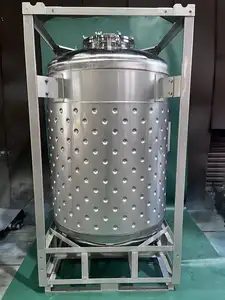

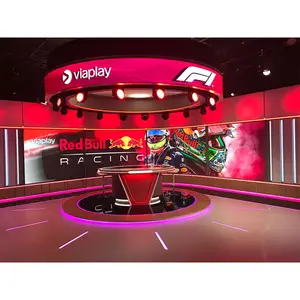







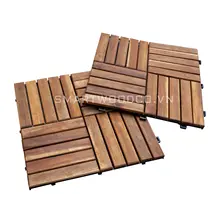





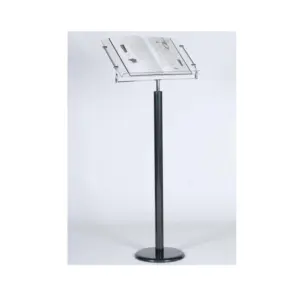

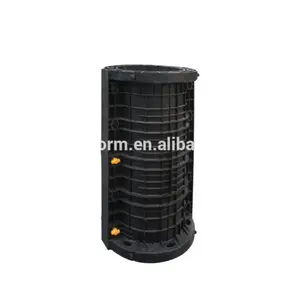
























 浙公网安备 33010002000092号
浙公网安备 33010002000092号 浙B2-20120091-4
浙B2-20120091-4